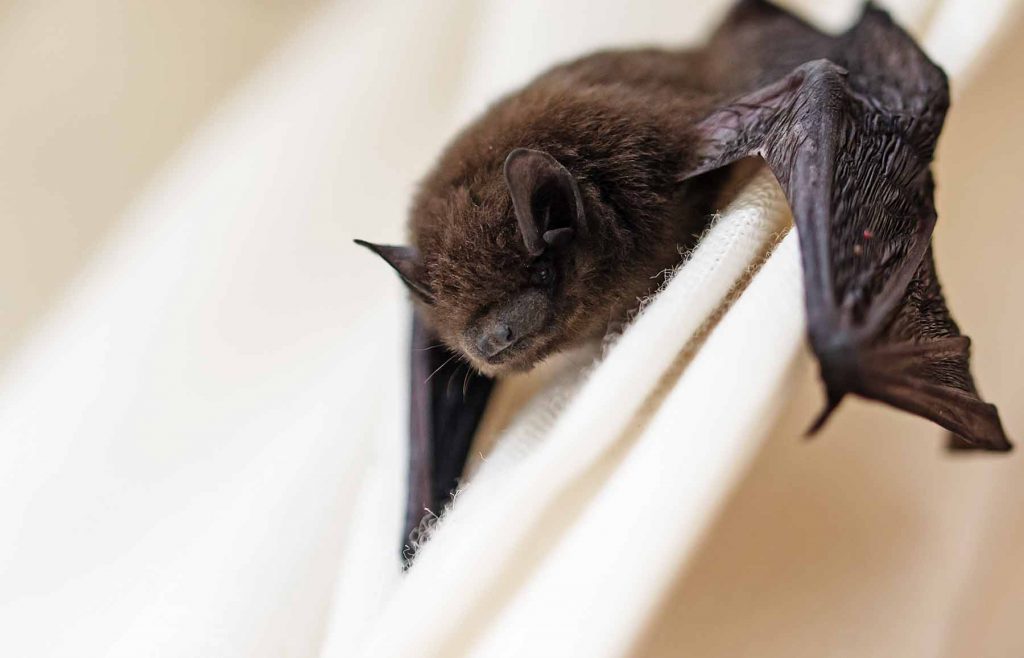Unexplained noises echoing from the attic can often be unsettling, prompting homeowners to investigate further. However, when paired with the discovery of small, cylindrical droppings scattered in hidden corners, a more concerning picture may emerge. As one’s inspection progresses, finding gnawed wires and insulation fragments can be additional clues pointing to a potentially unwelcome resident. But perhaps the most telling signs lie in the subtle hints left behind by these agile creatures as they go about their nesting activities.
Key Takeaways
- Unusual noises and squirrel sightings indicate attic nesting.
- Presence of droppings near nesting sites signifies squirrel activity.
- Chewing of wires and insulation by squirrels points to nesting.
- Identifying entry points and nesting materials aids in detection and prevention.
Unusual Noises in the Attic
When residing in your home, if you begin hearing unusual noises emanating from the attic, it could be a sign that squirrels have made a nest in this space. Squirrels are agile creatures that are known for their nest-building skills. They often choose attics as ideal locations to build their nests, seeking shelter and safety for their young.
Nest identification is crucial when dealing with a potential squirrel infestation. Squirrels typically build their nests using twigs, leaves, and other natural materials, creating a warm and secure environment for their offspring. Understanding their nesting behavior can help homeowners recognize the signs early on and take appropriate action.
Squirrel removal and prevention are essential steps to address a squirrel nest in the attic. It is recommended to contact professionals for safe and humane removal of squirrels from the attic. Additionally, sealing off any entry points and implementing deterrents can help prevent future squirrel invasions, ensuring the safety and integrity of your home.
Presence of Squirrel Droppings
Squirrel droppings in the attic are a clear indicator of their presence and potential infestation in your home. If you come across these droppings, it’s essential to take action promptly to address the issue. Here are some key points to consider:
- Nest identification: Squirrel droppings are often found near their nesting sites. Therefore, if you spot droppings in your attic, there’s a high likelihood that squirrels have built a nest in close proximity. Inspect the area around the droppings to locate the nest and take appropriate measures to remove it.
- Droppings analysis: By analyzing the characteristics of the droppings, such as size, shape, and color, you can determine if they are indeed from squirrels. Squirrel droppings are typically small, cylindrical in shape, and dark brown in color. This analysis can help confirm the presence of squirrels in your attic.
- Health hazards: Squirrel droppings can pose health risks as they may contain parasites or pathogens. It’s crucial to handle and dispose of the droppings carefully to avoid any potential health issues.
- Professional help: If you’re uncertain about identifying squirrel droppings or handling the infestation, consider seeking assistance from pest control professionals. They can safely remove the squirrels and implement preventative measures to avoid future infestations.
Chewed Wires and Insulation
Chewed wires and insulation in your attic may indicate a squirrel infestation, requiring immediate attention to prevent potential hazards and damage to your home. Squirrels have a habit of chewing on various objects to keep their teeth from growing too long. Unfortunately, this behavior can lead to serious consequences when they invade your attic.
One significant risk associated with squirrels chewing wires is the increased fire hazards it poses. Exposed wires can spark and ignite nearby flammable materials, putting your home at risk. Additionally, damaged insulation reduces its effectiveness, impacting your home’s energy efficiency and potentially leading to higher utility bills.
To prevent such property damage and safety hazards, it is crucial to address a squirrel infestation promptly. If you notice chewed wires or insulation in your attic, consider seeking professional help to remove the squirrels and repair the damage. By taking swift action, you can safeguard your home and family from potential dangers associated with squirrel infestations.
Entry Points and Nesting Materials
To effectively address a squirrel infestation in your attic, it is essential to identify both the entry points utilized by the squirrels and the nesting materials present within the space. Squirrels can access your attic through various entry points such as gaps in the roof, vents, or damaged areas in the exterior structure of your home. Once inside, they gather nesting materials to create a comfortable environment for themselves and their young. Understanding their nesting habits and the materials they use is crucial for effective removal and prevention of future infestations.
Nesting Materials and Removal:
- Squirrels commonly use materials like leaves, twigs, insulation, and fabric to build their nests. Identifying these materials can help pinpoint the nest location.
- Remove any nesting materials found in the attic to discourage squirrels from returning.
- Regularly inspect and maintain your attic to prevent squirrels from finding new nesting opportunities.
- Seal off all potential entry points to prevent squirrels from re-entering the attic after removal.
Squirrel Sightings in or Around the Attic
Evidence of rodent activity, such as gnaw marks on wood or droppings, may indicate the presence of squirrels in or around your attic. Squirrel damage can include chewed wires, insulation, and wooden structures. If you notice these signs, there is a high likelihood that squirrels have taken up residence in your attic.
Squirrel sightings in or around the attic are common indicators of their presence. Squirrels are active during the day, so you may hear them moving around, scratching, or scurrying in the attic. Additionally, you might spot squirrels entering or exiting your attic through small openings or holes. Observing squirrels carrying nesting materials like leaves, twigs, or debris into the attic is another telltale sign of their nesting behavior.
To prevent further damage and address the squirrel infestation, it is crucial to act promptly. Contacting a wildlife removal professional can help safely and effectively remove the squirrels from your attic and prevent future intrusions.

